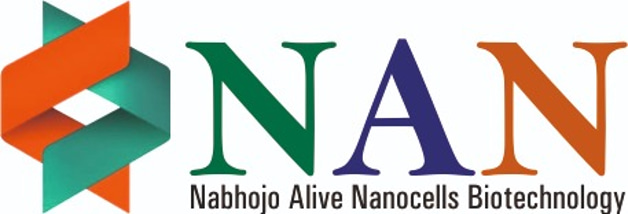Research Projects
Exploring innovative therapies using adult stem cells for treatment.
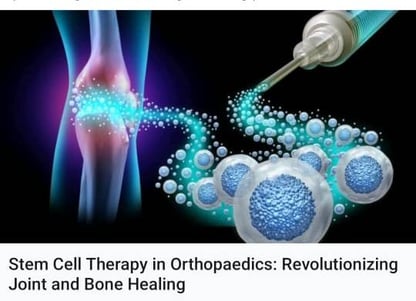

Clinical Studies
Advancing regenerative medicine through ongoing clinical Research initiatives
iPSC Generation


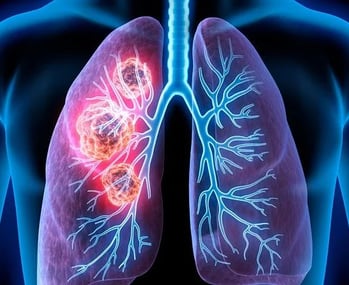



R&D Initiatives
Developing cutting-edge solutions for orphan illnesses and therapies.
Creative Bioarray Offers Stem Cell Assay Development & Screening Service for Your Scientific Research as Follows (including but not limited to):
1. Cell Proliferation and Cytotoxicity Assay:
2. Cell Viability and Cycle Assay
3. Cell Apoptosis Assay
4. Cell Migration and Invasion Assay
5. Ion Transport
Calcium ion channel assay
Potassium ion channel assay
6. Neurotoxicity Screening
7. Gene Expression Array
8. Pathway Analysis
9. Post-translation Analysis
Note: All services can be provided separately or as a package.
Advantages of Creative Bioarray Service:
Worldwide accepted and advanced approaches for stem cell assay and screening
High efficacy of stem cell assay and screening
Comprehensive cell assay development and screening
Guaranteed service quality
Flexible assay design to satisfy your demand
Detailed report of experiment conditions
iPSC Characterization
Tissue Engineering
Regenerative Medicine
Disease Modeling and Drug Development
The possibilities and limits of stem cell therapy and research
The science of directing and controlling the differentiation of stem cells is still in its infancy. Human stem cell research would require obtaining cells from 5- to 7-day old blastocysts, destroying the embryo. Since the embryo has the potential to grow into a human being, research using embryonic pluripotent cells is considered unethical. Pluripotent cells also have rarely been used therapeutically in humans.
In animal studies on pluripotent cells, a major danger was the formation of solid tumours called teratomas.
In contrast, multipotent stem cells are under intense research, specifically how differentiation is affected by chemical as well as physical stimulation, and how it can be controlled. Careful combinations of growth factors, activins, and other chemicals, applied together and sequentially, are being investigated. The aim is to induce stem cells to differentiate and multiply toward a specific, needed lineage. A potential application is the direction of marrow stem cells to form erythrocytes in people with red blood cell formation disorders. Human pluripotent stem cells are also being investigated for the treatment of diabetes. Differentiated into pancreatic beta cells, they can secrete insulin in response to a high blood glucose level, reversing diabetes . The International Stem Cell Initiative, 2018; Memon and Abdelalim, 2020).
How are stem cells harvested for stem cell therapy
Stem cells are mainly harvested from:
Blood – stem cells in the blood are filtered out and the remaining blood is returned to the body
Bone marrow – bone marrow of the hip bone is extracted with a needle and syringe and the stem cells are extracted
Cord blood – stem cells in the blood are filtered out.
Stem cells are then either used directly (intravenous, soft tissue or joint Injection), or further differentiated into specific cells before application.
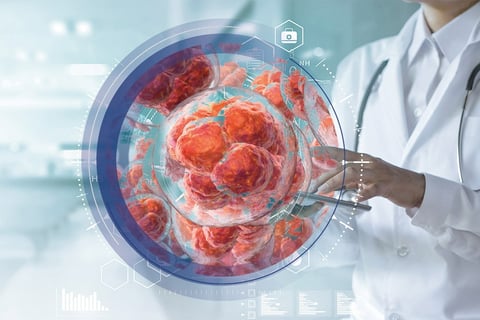


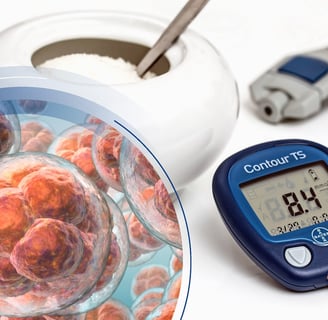
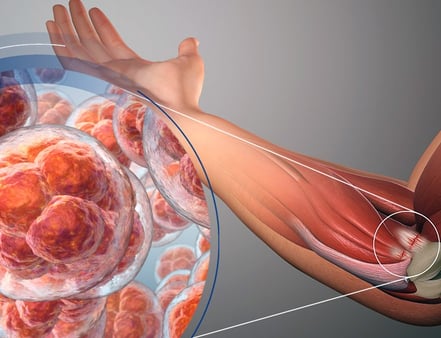

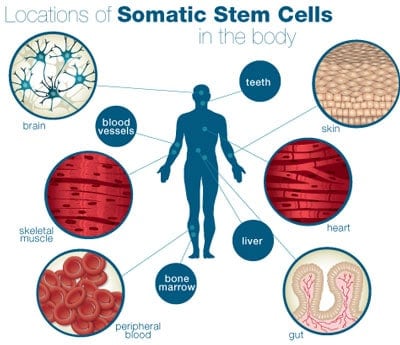

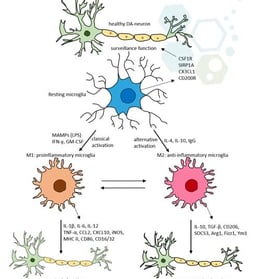

Cell Therapy
Exploring advanced regenerative technologies for orphan illnesses globally.
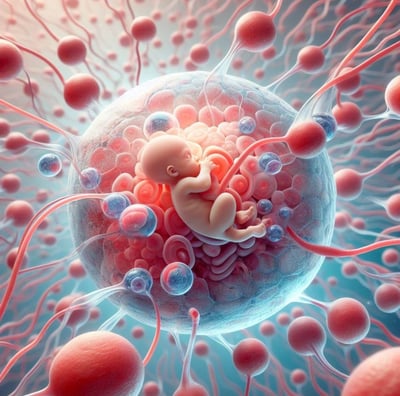











Nabhojo Alive Nanocells Biotechnology Limited
Corporate Office -154-N, Model Town Hisar 125001
CONTACT US
MAIL US
Contact@nanbiotech.com
+91-9991211167
NANBIOTECH © 2025. All rights reserved .( Design By Siwaria Groups )
+91-9467244640
